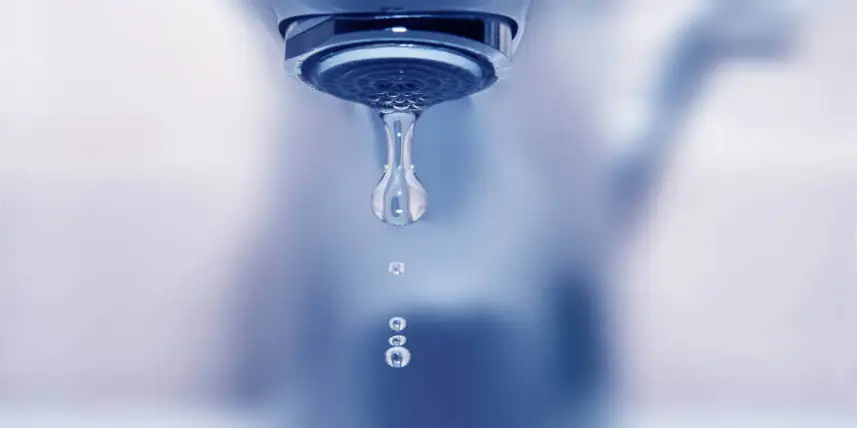Water dripping is a common phenomenon that many of us encounter in everyday life. It refers to the sound or effect of water droplets falling regularly from a surface, often creating a rhythmic or continuous pattern of sound. This simple occurrence, while often overlooked, can be traced back to a variety of sources and has implications in both practical and scientific contexts.
Natural Sources of Water Dripping
1. Rainwater:
The most straightforward source of water dripping is rain. After a rainstorm, water droplets continue to drip from rooftops, leaves, and other surfaces. The size and speed of the drip depend on the surface tension and the amount of water accumulated.
2. Condensation:
Condensation is the process by which water vapour in the air is changed into liquid water. This is the primary cause of water dripping from air conditioners, windows, and pipes in a humid environment. As humid air comes into contact with a cold surface, the moisture condenses to form water droplets that can drip down.
3. Melting Ice and Snow:
In colder climates, the melting of ice and snow provides another source of water dripping. As temperatures rise above freezing, ice and snow transform into water, dripping from branches, roofs, and other structures.
Human-Made Sources of Water Dripping
1. Leaking Pipes:
Inside homes and buildings, leaking pipes are a common cause of water dripping. This can be due to corrosion, pressure, or damage to the pipe. A dripping faucet also falls under this category, where worn-out washers or improper faucet settings can cause water to drip continually.
2. Overflow from Tanks:
Water tanks and reservoirs might overflow if the inflow is not properly regulated or if there is a malfunction in the control systems, leading to dripping or even cascading streams of water.
Environmental and Structural Implications
Water dripping, especially when related to leaks, can have significant implications. Structurally, continuous water dripping can lead to damage in buildings, causing mould growth and weakening structural components like wooden beams and plaster. Environmentally, it represents a wastage of a precious resource, particularly in areas facing water scarcity issues.
Scientific and Philosophical Aspect
Scientifically, the study of water dripping involves understanding fluid dynamics, surface tension, and the properties of water. Philosophically, water dripping can be seen as a metaphor for persistence and the gradual impact of seemingly minor actions.
In conclusion, while often just a minor annoyance, water dripping is a phenomenon with deep roots in natural processes and human-made systems. Understanding where it comes from not only helps in addressing it pragmatically but also enriches our appreciation of the complex interplay between natural elements and human interventions.










